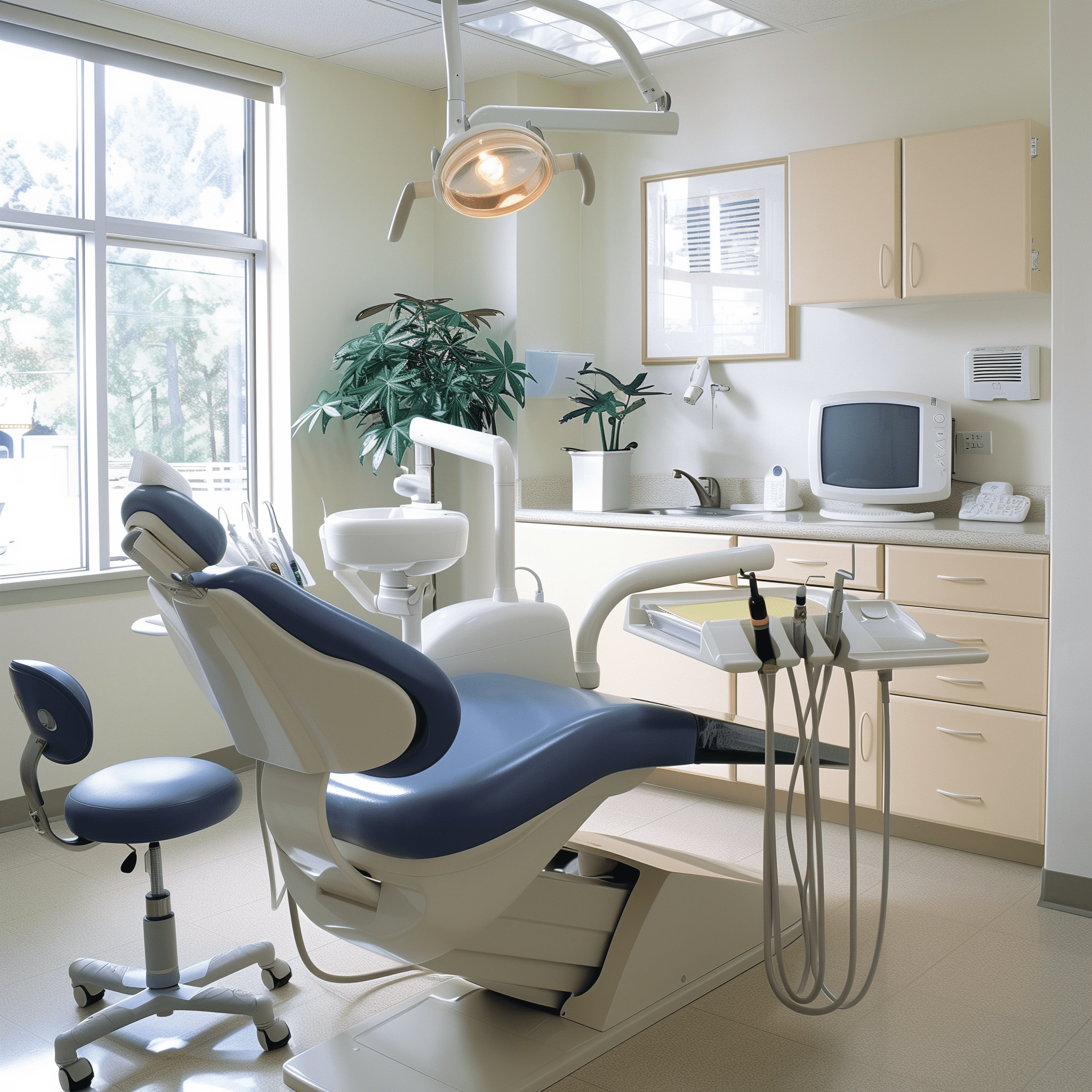The INBD Exam Syllabus
- Anatomic Sciences - this section seeks to address matters of the head, down to the thorax and the abdomen, covering the major physical organs, as well as recommended methods of managing patients professionally.
- Biochemistry Physiology - this section lays a major emphasis on nutritional compositions and their reactions with various enzymes and acids, the structure and functions of different tissues, cells and muscles. It goes further to address the digestive and reproductive systems, as well as the professional guidelines in the course of duty.
- Microbiology Pathology- here, bacteria, fungi and viruses are given special attention in relation to their effects on respiration, injuries and their behaviour with diseases.
- Dental Anatomy and Occlusion- this section delves into matters of the dental formula, from types of teeth and their development to factors contributing to dental anomalies.
- Operative dentistry
- Pharmacology
- Oral diagnosis
- Endodontics
- Pediatric dentistry
Keep in mind that INBDE is no longer a clinical examination of a dentist's skills. Each state board of dentistry has its own further requirements for completing a clinical exam.
A more complex version of what you need to know for the exam includes:
1. Anatomic science
Gross Anatomy [49%]
Histology [23%]
Oral Histology [16%]
Developmental Biology [11%]
Professional Ethics/Patient Management [1%]
2. Biochemistry - Physiology
Biological Compounds [10%]
Metabolism [17%]
Molecular and Cellular Biology [9%]
Connective Tissues [8%]
Membranes [4%]
Nervous System [6%]
Muscle [6%]
Circulation [9%]
Respiration [6%]
Renal [8%]
Oral Physiology [3%]
Digestion [5%]
Endocrines [8%]
Professional Ethics/Patient Management [1%]
3. Microbiology - Pathology
General Microbiology [20%]
Reactions of Tissue to Injury [10%]
Immunology and Immunopathology (at least 3 on oral immunology) [13%]
Microbiology, Immunology, and Pathology of Specific Infectious Diseases (at least 8 on oral diseases) [22%]
Systemic Pathology [22%]
Growth Disturbances [12%]
Professional Ethics/Patient Management [1%]
4. Dental Anatomy and Occlusion
Tooth Morphology [43%]
Pulp Cavity Morphology [5%]
Calcification and Eruption [6%]
Principles of Occlusion and Function [37%]
Clinical Considerations--Tooth Morphology and Anomalies [8%]
Professional Ethics/Patient Management [1%]
A few key points about INBDE:
29% of the exam is interdisciplinary, meaning it tests your ability to work with other healthcare professionals and patient scenarios.
The national tooth notation system is used on all NBDE Exams. This system is a sequential tooth numbering system, designating the permanent dentition (numbers 1-32), and the primary dentition (letters A-T).
As ever, the NBDE like to keep students on their toes, therefore there may be some experimental questions that you have not seen before. Most recently, three new item types are being introduced on the NBDE. The new item types are multiple correct/multiple responses, extended matching, and ordering. For NBDE Part I, a couple of new items in the new format will be introduced solely in the most demanding sections of the examination. Since these items are considered pretest items they will not be scored. However, they will be evaluated for their statistical performance and will not have an impact on the candidate's results or pass/fail status.

